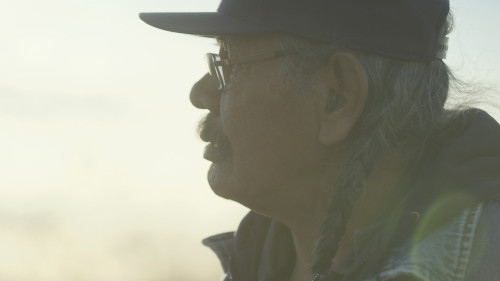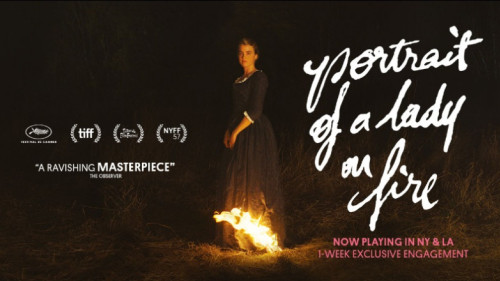Volume 16, Issue 4 / April 2012
The Turin Horse & The European Art Film
In this issue
-
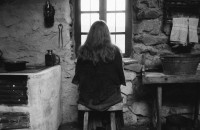
The Turin Horse and the End of Civilization As We Know It
-
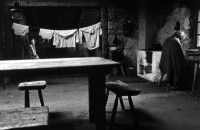
The Turin Horse: A Numbers Game
Bela Tarr's Final Film
-
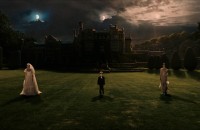
Melancholia, a speculative film on spirit and space by Lars von Trier
Using the Imagination of Disaster as Justification for Misanthropy
-
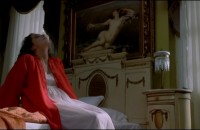
Inquietude
-

Nature and Grace, Image and Thought: Terrence Malick’s The Tree of Life
Consciousness is Enriched by an Original Perception of the Living World
With the recent death of Theo Angelopoulos (stay tuned for a special Angelopoulos issue of Offscreen in the near future) Béla Tarr is perhaps the most rigidly formalist of the remaining figures of classical European Modernism, the type of art house filmmaker who values equally rigorous formal design and somber themes that veer toward existential/metaphysical/religious concerns, cloaked within broader political/social issues (usually of an historical nature). Such a tradition would include Michelangelo Antonioni, Federico Fellini, Alain Resnais, Ingmar Bergman, Andrei Tarkovsky, Alexandre Sokurov, Theo Angelopoulos, Manoel de Oliveira, and Lars Von Trier. This issue’s first two pieces deal with Tarr’s latest (and self-professed final) film, The Turin Horse, a film which could very well be the best primer for anyone wanting to discover Béla Tarr. David Hanley’s review focuses on the irony of how a film that is so bleak and possibly deals with the “end of civilization” can be so aesthetically liberating and vibrant. My own follow-up piece concentrates on a pattern: the importance of the number two (and six) as a structural guide. Hanley is not the only reviewer to have read the film along apocalyptic lines (for example, Jim Hoberman’s byline from the US trailer is, “A death-haunted masterpiece”). This theme of the apocalypse links The Turin Horse to Lars Von Trier’s Melancholia, the subject of Daniel Garrett’s next piece. Although the idea of the apocalypse is implied in The Turin Horse in its mood and tone, it is up front and center in Melancholia. There are also other interesting happen-stance similarities between the two films: an impending apocalypse, sets of characters caught in an isolated area, struggling against a force of nature, the presence of a horse, which is also flogged in both films, etc.. Although spoken in English, as a European co-production (Denmark, Sweden, France, Germany) Melancholia has all the earmarks of a European Modernist film (formal complexity, narrative ambiguity, recognition of Modernist tradition, etc.). As Garrett writes when contexualizing the film within Trier’s own and other recent works, “One looks at Lars von Trier now and rather than seeing a radical, one sees a participant in a European film tradition.” Garrett’s ultimately positive review of the film argues against the many claims of the film being ‘hateful’. Perhaps the better term would be misanthropic (as the essay’s sub-title acknowledges), but Garrett positions the film as a meditation on philosophical questions rather than an outright character-driven film. The characters of sisters Justine and Claire are very important but equally for what they represent as ciphers of human emotion (depression, indifference, melancholia, hysteria, obstinance) than real human characters. For the fourth issue entry, Offscreen welcomes Nathaniel Carlson’s essay on Inquietude as it represents the first essay on venerable (at over 100 years of age and still active, an understatement) Portuguese art house master, Manoel de Oliveira. Oliveira’s vast filmography often shows an interest in film’s relationship to literature and theatre, as is the case with one of the three stories in Inquietude; but as Carlson notes, Oliveira’s film is so hard to pigeon hole into any singular sense of meaning, that the choice becomes resorting to the Modernist standby, a film about “an existential unease or angst.” The final piece in this issue, also by Garrett, on Terrence Malick’s The Tree of Life, ostensibly falls outside the issue’s central theme of the European Art film, but in most other respects shares much with this tradition, including the above noted formal and thematic concerns and, as Garrett notes, an influence of European philosophy (Heidegger, Kant, Hegel, Husserl, Merly-Ponty, and others). (Donato Totaro, ed.)




